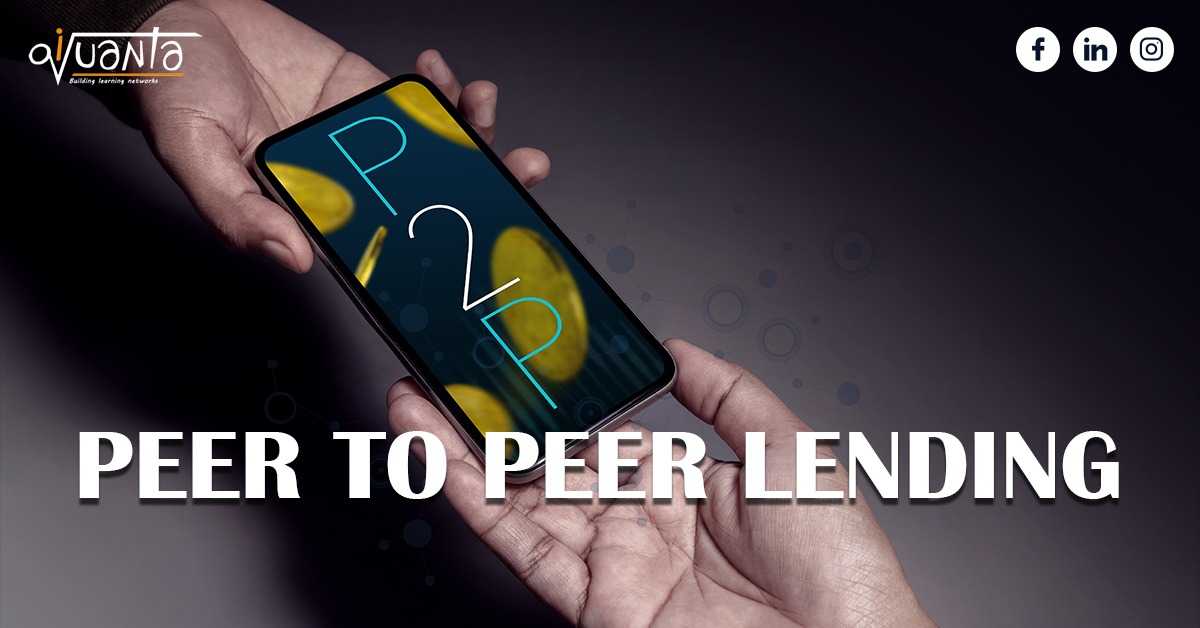There has been a lot of noise about Peer-to-peer lending or p2p lending which is an alternative financing arrangement. Many startups like Lendbox, Faircent, Lendingkart etc. are active in P2P lending.
Usually people approach banks in case of any type of lending or loans. They want to avail a personal loan or education loan at an affordable interest rate.
However, that is not easily accessible. There is a lot of paperwork involved along with high processing time. Also, the entire risk profile has to be on point. In case, anything is doubtful, loans are not given.
In order to avoid such issues, people want to pursue other alternatives and that is why alternatives like p2p lending are becoming a norm.
The advantage of p2p is that it is not dependent on any bank or any financial institutions. In p2p lending, one can easily raise money from a lender who is looking to earn a decent return on their investment. This investment is sometimes better than an FD and has a comparatively lower risk than other forms of investment.
So, both the parties can visit a p2p lending platform to avail this facility. This process will be much simpler.
Firstly credit history has to be divulged. The p2p platform will want to know for certain that a person is not a serial defaulter. They will run their risk assessment algorithms on all the past borrowings to have an idea of how likely the person is to repay any loan.
The p2p lender may also assign a grade or a risk score thereby letting everyone on the platform know, the kind of risk they may be dabbling with when lending.
Once everything is done to know that a person is eligible to participate, requirements can be listed like amount of money needed, the interest willing to pay, and the duration.
Secondly, people who are looking to invest in alternative avenues are onboarded. Those people will be onboarded only when they can find such investments lucrative.
As per most p2p platforms, the nature of the financing arrangement hardly matters when the lender is looking to earn a return on investment. It won’t matter if it is the interest income as long as they are making good money. This aspect is looked at when searching for investment opportunities.
The returns could be as high as 14% sometimes and there will be full customization opportunities available. Lenders can decide whether to lend to a single individual or multiple individuals with different risk profiles.
The p2p platform has a feature to automate investments also. So one can decide the option as per their wish.
P2P platforms basically charge a fee from both parties. In some cases, fee is charged only from the borrowers as they are in dire need of money. If things go well, the borrower will raise the money needed and will pay back the principal with interest and the lenders may end up earning 12–14% without much hassle.
However, things can go in other direction too as there is some risk involved. It’s difficult to exactly know the riskiness of an individual and if the individual defaults, the principle lended is at risk.
The p2p lending platform may serve a notice to the borrower but the ultimate liability is on the lender. Hence, people who don’t have a lot of money to spare should not consider going for p2p lending as an investment.
To structure your CAT online preparation in an efficient way consider joining iQuanta which is a top online cat coaching institute and being a part of the iQuanta CAT 22 Course.
You can also check out and be a part of their Facebook group for peer learning, doubt solving and free material.
For 24*7 doubts-solving, FREE guidance and counselling and peer to peer learning, join the CAT preparation Fb group below:




